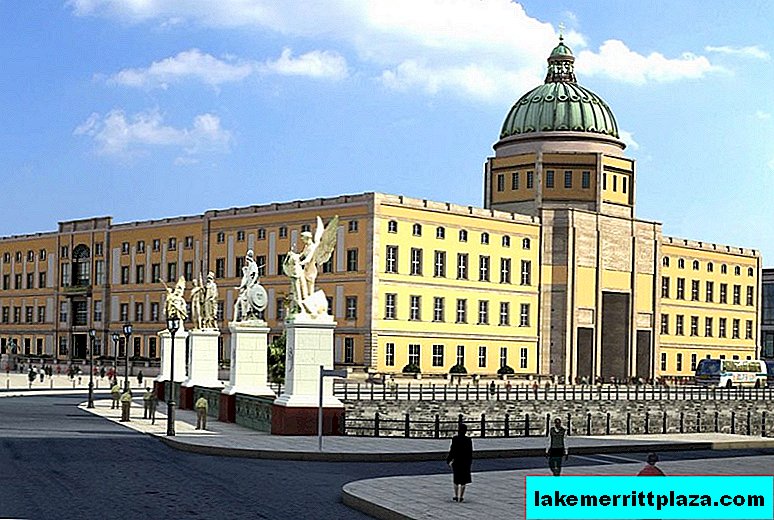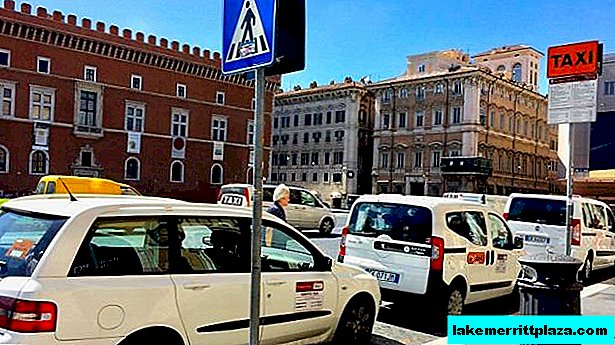The Berlin City Palace was the main winter residence of the Electors and Margraves of Brandenburg, and then the kings of Prussia and the emperors of Germany. It is located on the Spreeinsel Island on the Spree River in the very center of Berlin.

Berlin City Palace (Berliner Stadtschloß)
The Berlin City Palace (Berliner Stadtschloß) was the main winter residence of the Electors and Margraves of Brandenburg, and then the kings of Prussia and the emperors of Germany. It is located on the Spreeinsel Island on the Spree River in the very center of Berlin. After the revolution of 1918, the palace was turned into a museum and several organizations were located here - the Institute of Psychology of the University of Berlin, the Kaiser Wilhelm Society, and the German Science Mutual Aid Society.
In World War II, the palace was seriously damaged, but remained suitable for public events. In 1950, by order of Walter Ulbricht, the City Palace was blown up.
Now they are considering the possibility of building a building on the site of the palace, which will have three historical facades.

View of the Berlin City Palace from above (1905-1925)
The palace began to be built in 1443 under Elector Frederick II, nicknamed the Iron Tooth. The palace was built for a long time, now turning into a luxurious residence, then decaying, until in 1669, under the leadership of architect Andreas Schluter, the global transformation of the palace into a grandiose work in the Baroque style began. But Schlüter didn’t please Frederick I and was removed, the project should have been revised, but this did not happen due to the death of the emperor. The new king Friedrich Wilhelm I fired all artists from saving and entrusted the completion of the palace to Schluter's student Martin Heinrich Böhme. The appearance of the palace remained unchanged, and its interior decoration changed more than once.

Fragment of the Berlin City Palace, photo Taxiarchos228
From the balcony of this palace in 1914, Kaiser Wilhelm II addressed the inhabitants of Berlin with an appeal for national unity, and in 1918, Karl Liebknecht declared Germany a socialist republic. In 1945, the palace was seriously damaged, for the new authorities it was a symbol of Prussian absolutism, and they decided to demolish it.
Despite the fact that the City Palace was being rebuilt all the time and did not have a fully finished look, it occupied an important place in the history of world architecture, being one of the best royal residences in Europe.

Berlin City Palace Reconstruction Project
Legends of the palace
There is a legend that Neptune at the fountain in front of the palace looked directly into the royal bedroom, which confused Empress Augusta Victoria, so she ordered the entire fountain to be rotated 180 degrees.
And another legend: the ghost of the Hohenzollern family lived in the palace - the White Lady, who appeared three days before the death of someone from the royal family. The last time she saw the ghost was Margaret Kuhn, the director of the palace on January 31, 1945, exactly three for the bombardment that destroyed him.
Recreating the palace
In 2007, the Bundestag decided to recreate the palace. On June 12, 2013, in the presence of German President Joachim Gauck, the first stone was laid. Construction is expected to be completed in 2019. It is planned to place museums, a library, laboratories, a panoramic restaurant and a cafe in the building of the complex.
How do I save on hotels?
Everything is very simple - look not only at the booking. I prefer the search engine RoomGuru. He is looking for discounts at the same time on Booking and on 70 other booking sites.








